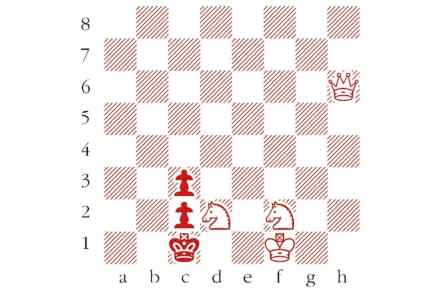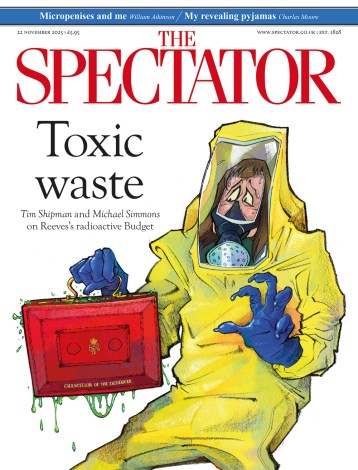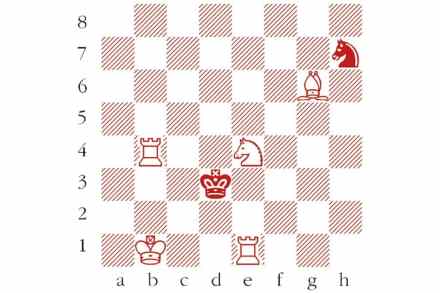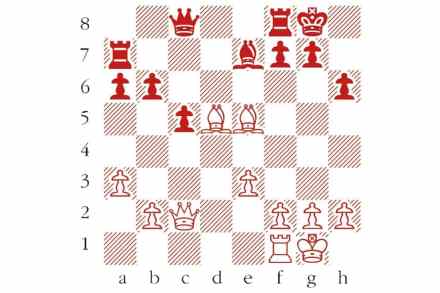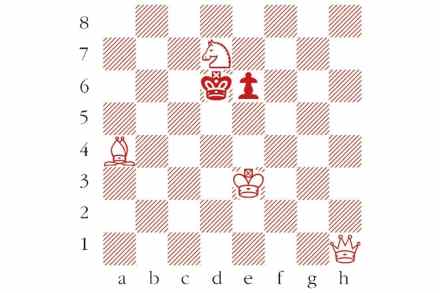No. 721
White to play and mate in two moves. Composed by Carl Schlechter, Allgemeine Sport-Zeitung, 1908. What is White’s first move? Answers should be emailed to chess@spectator.co.uk by Monday 26 September. There is a prize of £20 for the first correct answer out of a hat. Please include a postal address and allow six weeks for
